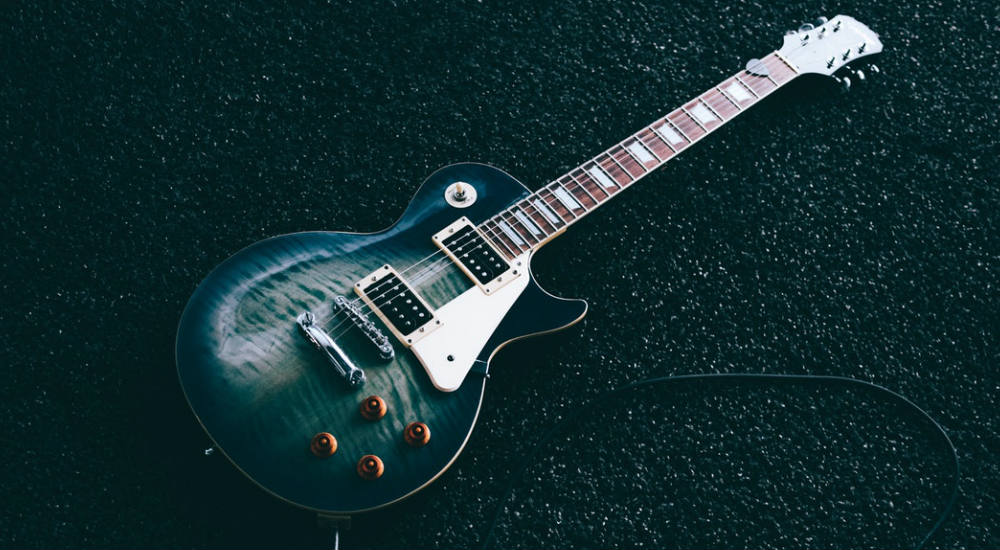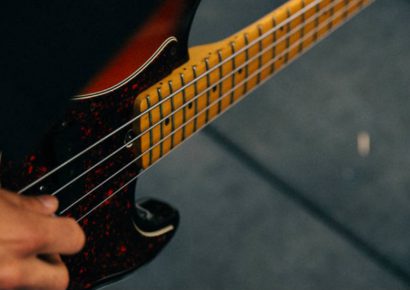Those of you with some theory skills will know that C Mixolydian doesn’t belong to the key of C. The key of F Major has a Bb in the key signature, meaning C7 comes from the key of F. Figure A shows one position/pattern for C Mixolydian (two octaves). Get used to the sound; hopefully you’ll notice the flat 7 (Bb).
I can’t stress how beneficial it is to have an understanding of the notes you’re playing too. Knowing the notes lets you break away from these shapes and gives you the freedom to move around the fretboard. Yes, it can be tough, but it can also be very rewarding in the long run.

So C Mixolydian can be used over C7 chords, but comes from the key of F Major? Got it. A 12 bar blues in F is a good starting point (playing C Mixolydian over the C7 chord). Figure B contains four short, one-bar C Mixolydian licks. Try playing them with both a swung and straight feel. Bars two and three incorporate triplets, while bar four uses semiquavers. Start slow and make sure you count/use subdivisions to get the rhythms right.

Of course, C7 chords don’t just have to be the V chord in the key of F Major. They can be treated individually and you might have a song with a succession of dominant 7th chords. In that case you could play the corresponding Mixolydian mode over each them (which highlights the need to get used to both shapes and the actual notes). Now let’s take Figure C as our new chord progression with multiple dominant 7th chords.

Treating each chord as its own Mixolydian mode would be a good starting point. You could move the shape from Figure A around the neck as a start to get used to the sound. Then perhaps try restricting your movement on the fretboard to really get used to the notes. That might result in something like Figure D.

Try recording the chords and playing the lick over them as a start to get your ear used to the sound. Then play just the lick and listen for the chord changes. Think of the possibilities all over the neck in terms of dominant 7th chords, progressions with dominant 7th chords and then playing Mixolydian over these chords.
Catch up on Part One of our Mixolydian advice.
Image via Jeremy Allouche.

